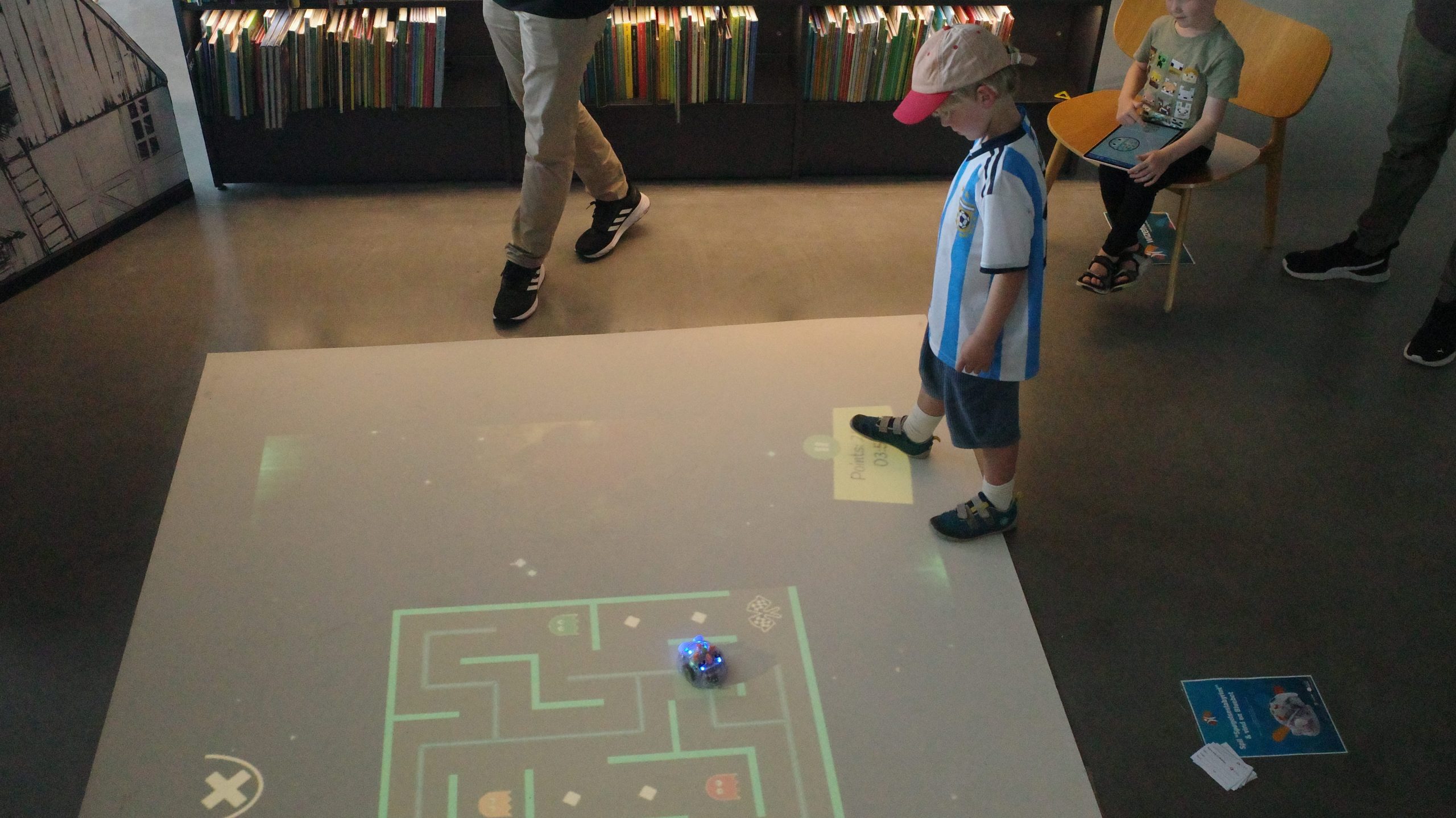The Main Library at Dokk1 in Aarhus has had a WizeFloor installed on their first floor since it was built in 2015, on which children from kindergartens and schoolchildren have had the opportunity to come and play. However, children normally play with WizeFloor by jumping around and by interacting with various motion games projected onto the floor by a projector.
Now, the floor is supplied with small, programmable robots called Blue-Bots, which the children can control and programme from a tablet via Bluetooth. And this makes their play much more interactive, according to Sara Petrat-Melin, who works at Dokk1 and offers digital technology services to schools, kindergartens and nurseries.
In August, people were invited to try out a prototype of a WizeFloor game developed for the small robots during the “Wild Robots” festival held at Dokk1.
“Blue-Bots provide really good opportunities for play, and when combined with the interactive trails on WizeFloor, you can easily create new trails or modify existing ones. We have also discussed the possibility of children creating their own trails, like a treasure map, which we can incorporate into WizeFloor.”
“It provides an excellent starting point for storytelling. The robot leaves traces behind as it moves along the track and if it hits a bomb, it explodes and children find this kind of interactivity fun. It motivates them to perform the right programming,” Sara Petrat-Melin explains.
The development of WizeFloor and its integration with the small robots is carried out by the Alexandra Institute. According to Kaspar Rosengreen Nielsen, Principal Software Architect at the Alexandra Institute, the idea has been to explore how to engage children in some kind of programming.
“It’s an idea we’ve wanted to explore for a long time, and now the opportunity arose to collaborate with Dokk1 and Aarhus University. We went to Dokk1 on a Thursday when they have an open workshop called Digital Play, in which children can come and play with the robots. Here, we tested the prototype and improved it continually,” he says.
“I tell it what to do”
The collaboration between Dokk1 and the Alexandra Institute was established through Ole Caprani, Associate Professor at the Department of Computer Science at Aarhus University. He has extensive experience working with robots and is also involved in the development of digital activities for children at Dokk1
“There was a girl who once said, ‘By programming the robot, I tell it what to do.’ That is a very precise description by a girl from the 3rd grade.”
According to Ole Caprani, this is exactly the scope of programmable technology. You can program a robot to do something on its own. It is not as easy to understand if you are playing a video game. But it becomes very clear to children when they have a physical robot that they have programmed to perform actions on its own.
“When you are 3-4 years old, programming is a difficult concept to understand. But when we have visited kindergartens, and children have held these Blue-Bots, we see how they start exploring what it is and how it becomes concrete for them that the robot follows a specific route when they press forward, forward, turn, turn.”
“There is a connection between what they press and how the robot reacts, and this makes the children realize that they can give orders to devices such as a washing machine or a toaster as well.”

About Digital Play at Dokk1
On Thursdays from 4:00 pm to 5:30 pm, the Main Library, Dokk1 invites to Digital Play. Here, there is an opportunity to explore various digital technologies.
However, you can always find the popular LEGO Spike Essential set and build and program LEGO models. They also get regular visits from the robots Blue-Bot and Glow and Go Bot, which can be easily programmed by younger children.
Dokk1 provides inspiration, materials, and guidance each time and hope that many children and adults want to come and play.
